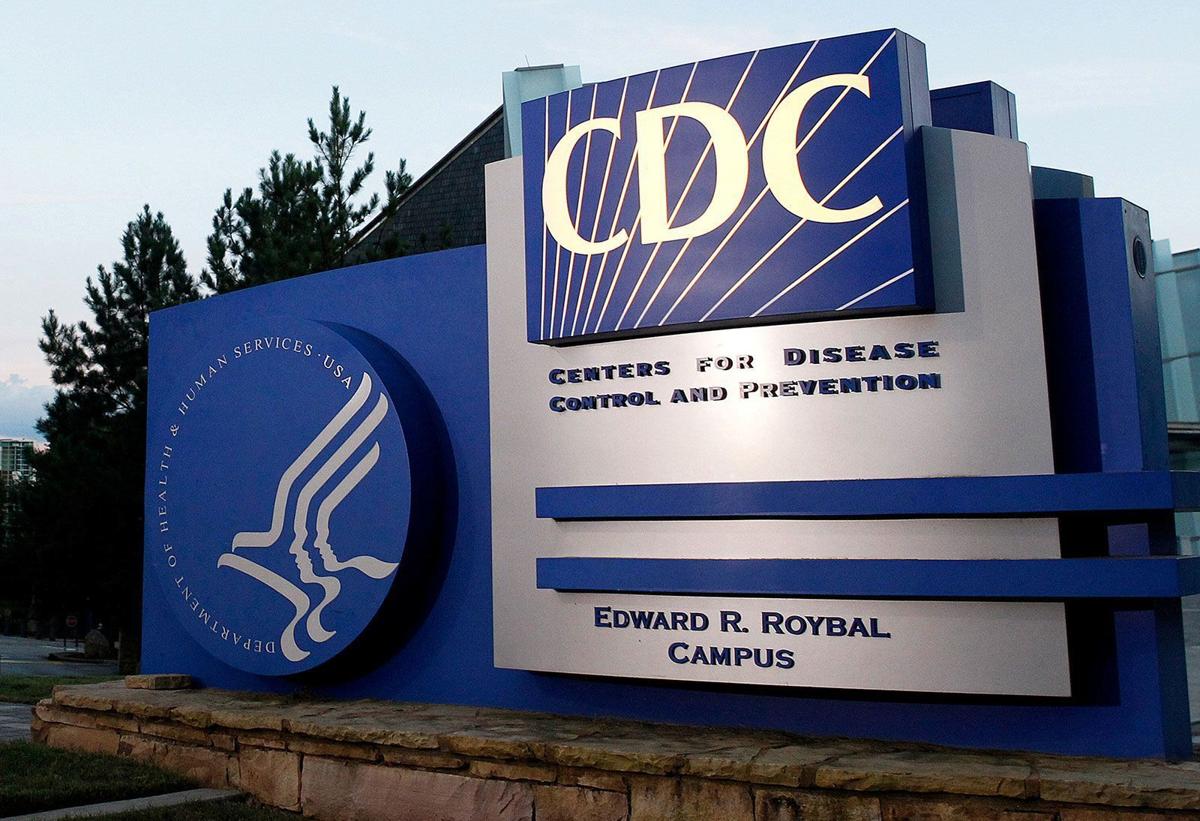
People who test positive for COVID-19 no longer have to stay away from others for at least five days, according to new guidelines issued by the US Centers for Disease Control and Prevention on Friday. The change brings an end to a strategy used earlier in the pandemic that experts said was critical to controlling the spread of the infection.
The agency says it is updating its COVID-19 recommendations to make them consistent with its advice for other types of respiratory infections, such as influenza and RSV. Offering a single set of unified guidance will increase the likelihood of people following it, according to agency experts at a news briefing on Friday.
CDC drops 5-day isolation guidance for COVID-19
Specifically, the CDC now recommends that people with COVID-19 stay at home until they have been fever-free without medication for at least 24 hours and their symptoms have improved for 24 hours.
Following that, agency experts say it’s safe to resume normal activities. However, they advise people to take extra precautions for the next five days, such as improving ventilation, masking, and avoiding close contact with others, to reduce the risk of spreading the virus.
These extra precautions are especially important for people who are around vulnerable people, such as the elderly or those whose immune systems have been weakened by medication or an illness, such as cancer.
The CDC launched a detailed section on respiratory virus guidance on its website on Friday.
COVID-19 hospitalizations peaked in 2021 with 2.5 million but dropped 60% to 900,000 by 2023
CDC Director Dr. Mandy Cohen stated that the agency is changing its guidance because the majority of the US population has some immunity to COVID-19, and as a result, the country is no longer experiencing large waves of infections, hospitalizations, and deaths from the coronavirus. Instead, these have become smaller, more predictable spikes in transmission during the summer and winter, as the country approaches a state of stability with the virus.
Importantly, the agency reports that, despite these waves of illness, severe outcomes such as hospitalizations and deaths have been decreasing since 2020 and 2021.
COVID-19 hospitalizations peaked in 2021 with 2.5 million, but dropped 60% to 900,000 by 2023.
The decrease in deaths has been even greater. COVID-19 claimed 450,000 lives in 2021; by 2023, that figure had dropped 83% to around 75,000.
COVID has dropped from the third leading cause of death in the United States in 2020 and 2021 to the tenth leading cause of death in preliminary data for 2023, according to the CDC.
That is still a far higher death toll than the country typically sees from the flu. The CDC estimates that 360,000 flu-related hospitalizations and 21,000 deaths occurred during the 2022–23 season, which was comparable to some pre-pandemic flu seasons.
“Today’s announcement reflects the progress we’ve made in protecting against severe illness from COVID,” Cohen said at Friday’s briefing. “We’re in a different situation, but we must use the tools that work to protect against respiratory viruses. That’s why our updated guidance emphasizes some core prevention actions to protect against severe illness.”
Cohen emphasized that, first and foremost, people should keep their vaccines up-to-date.
She predicted that an updated COVID-19 vaccine would be available in the fall and that people should start planning now to get it. Earlier this week, the CDC recommended that people aged 65 and up receive another dose of the current COVID-19 vaccine before the fall.
Cohen also emphasized the importance of staying at home when sick, seeking testing, and receiving treatment to reduce the risk of serious illness.
The announcement does not imply that all viruses act or have the same impact
The CDC also stated that states and countries that have already reduced recommended isolation periods have seen no increase in hospitalizations or deaths from COVID-19.
Cohen clarified that the announcement does not imply that all viruses act or have the same impact. Instead, she stated that having a set of uniform recommendations for limiting the spread of respiratory infections makes them easier to follow and more likely to be implemented. Symptom-based recommendations also eliminate the need to test for infection, which many people already avoid.
“In a recent CDC survey, less than half of people said they would use an at-home test for COVID if they had new cough or cold symptoms. And this is one of the main reasons that we’re targeting this guidance to respiratory viruses and illnesses as a group,” said Dr. Brendan Jackson of the CDC’s National Center for Immunization and Respiratory Diseases.
According to the CDC, the updated guidance will include specific considerations for people who are at higher risk of respiratory illnesses, such as adults over the age of 65, immunocompromised individuals, people with disabilities, and pregnant or recently pregnant women.
The agency also states that the new guidance only applies to community settings. The recommendations for preventing the spread of COVID-19 in clinics, hospitals, and other healthcare settings remain unchanged.
According to the CDC, the guidance applies to common respiratory infections and should not replace specific guidance for pathogens that require special containment measures, such as measles.
